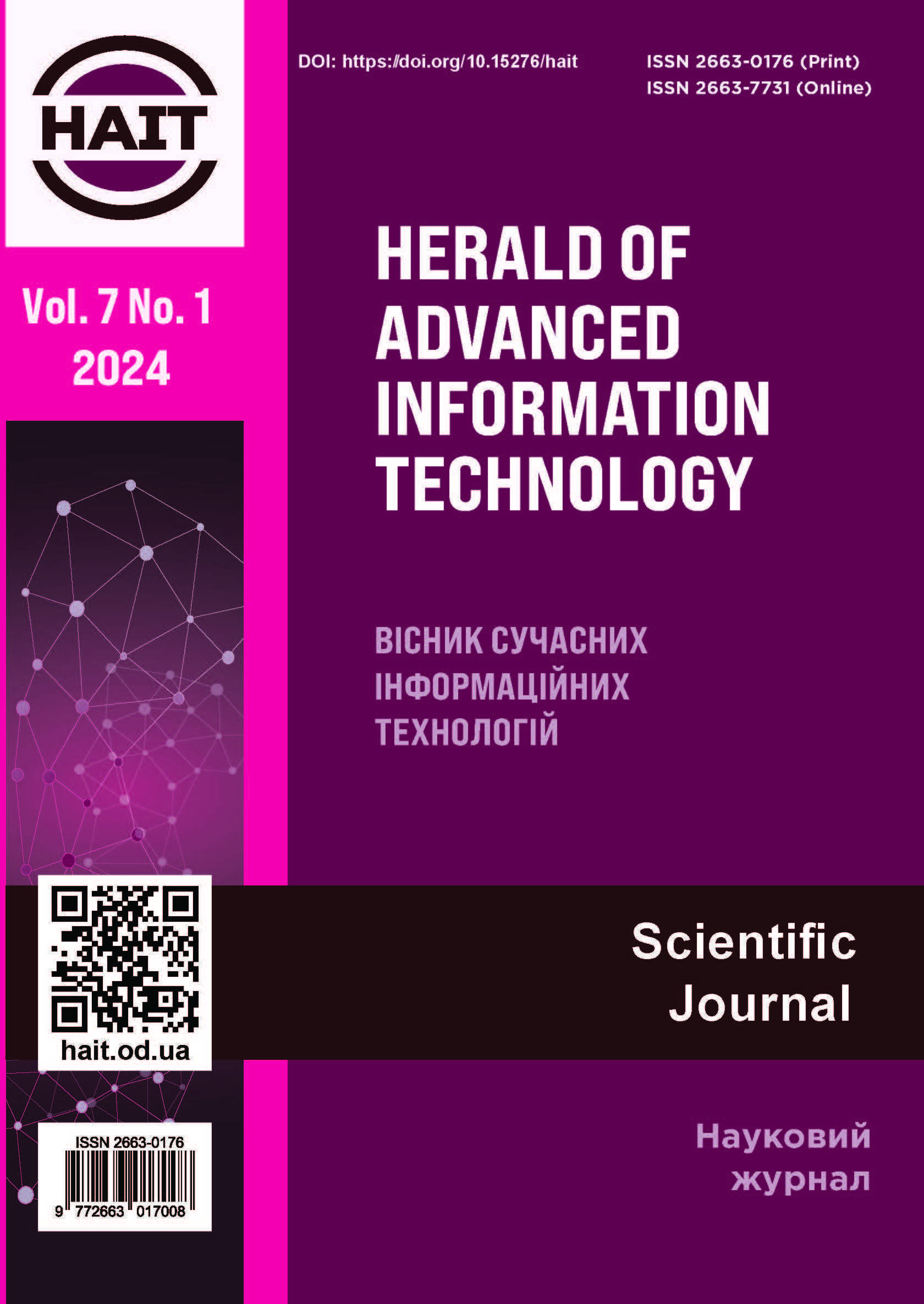The use of augmented reality for renovation of cultural heritage sites
DOI:
https://doi.org/10.15276/hait.07.2024.2Keywords:
Augmented reality, virtual reality, 3D modelling, renovation, cultural monumentsAbstract
Augmented reality is an innovative technology that merges the virtual and real worlds to create a unique interactive experience for users. Although the technology only became widely known in the mid-2000s, its potential and applications continue to evolve rapidly, especially with the advent of smartphones and other mobile devices that allow a wide range of users to interact with augmented reality in their everyday lives. In the field of cultural heritage and tourism, augmented reality opens up new opportunities for the restoration and presentation of historical buildings and places that no longer exist or have been altered by time, giving visitors the opportunity to see and experience the historical environment in its original form. However, to effectively use augmented reality in this area, it is necessary to ensure an exact correspondence between virtual objects and the real environment, as well as to implement navigation functions that will help users easily navigate the virtually restored space. Developing and implementing augmented reality solutions requires not only technological expertise but also a deep understanding of the historical, cultural and social context of the objects being recreated. Based on our research, we have developed a concept of an augmented reality application for the reconstruction and promotion of cultural heritage. This includes methods for accurately recreating historical locations and objects in a virtual environment, as well as developing intuitive navigation tools for users. The main achievement of the work is the creation of a foundation for the further development of augmented reality technologies in this area, with a focus on improving the interaction between virtual and real components, which will help increase audience engagement and raise awareness of historical and cultural heritage. This opens up broad prospects for the use of augmented reality for cultural heritage, and the proposed approaches can serve as a basis for future innovative projects in this area.








